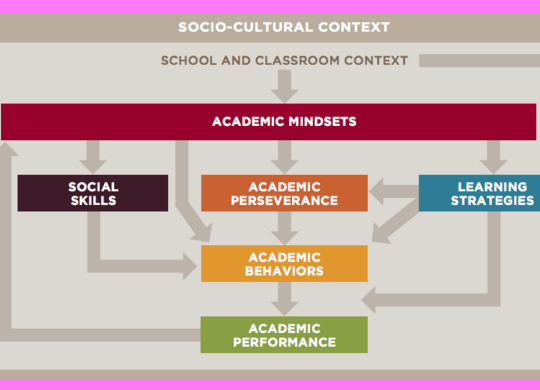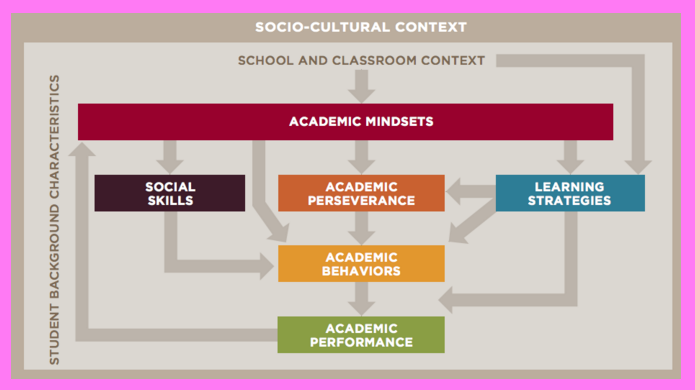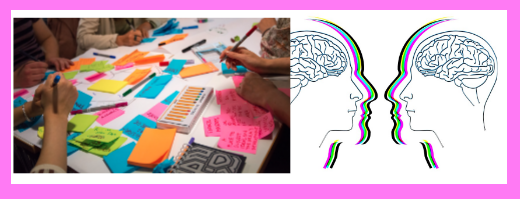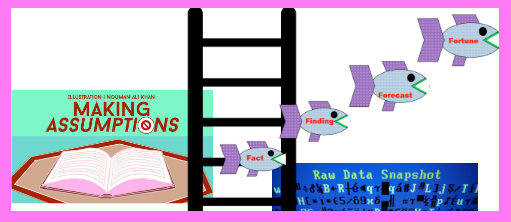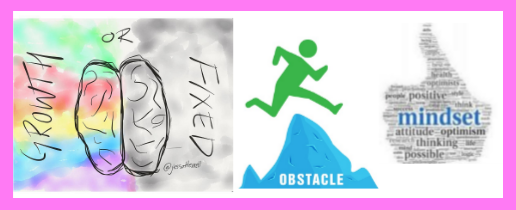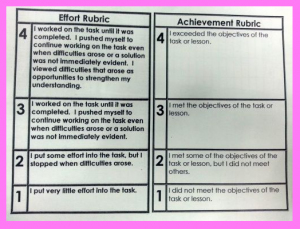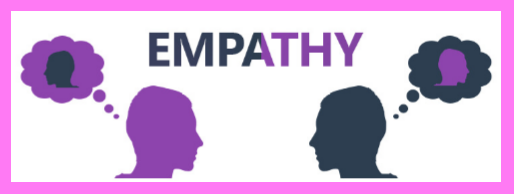

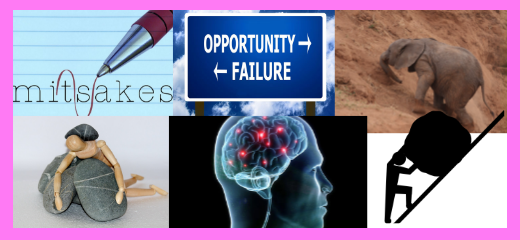
Mistakes & the Brain:
- Mistakes grown synapses.
- Mistakes generate more brain activity than correct responses.
- 2 brain responses to mistakes:
- ERN responses – increased electrical activity due to conflict between correct response and an error
- Pe responses – brain signal due to recognition of error
- Brain sparks can occur even when people are unaware that mistakes were made
- People with growth mindset show more brain activity in response to mistakes and are more likely to recognize errors
Mistakes & Life
- More successful people make more mistakes than less successful people
- Making mistakes is key to creative, entrepreneurial thinking
- Successful people tend to:
- feel comfortable being wrong
- try wild ideas
- are open to different experiences
- play with ideas without judging them
- persist through difficulties
- willing to go against tradition
- Practicing the attitudes above can help people learn math (or probably anything)
How Can We Change How Students View Mistakes?
- Teach students about the positive impacts of mistakes on the brain
- Crumble paper with mistakes, throw it against something to let out frustration. Then open it and smooth it out and trace over crumple lines with marker to remind oneself of brain growth as result of mistake. Then keep paper as a record of mistakes.
- Teach and display positive brain messages.
- Have teachers and students select and highlight “favorite mistakes”.
- Have class discussions about mistakes.
- Do not downgrade assignments for mistakes – upgrade assignments for mistakes.
- Avoid over-testing and over-grading.
- Display positive attitudes towards mistakes in group and individual settings.
- Remind students repeatedly about brain growth that goes with mistakes and lack of brain growth that goes with correct responses
- Teach students to appreciate & be aware of disequilibrium (Piaget) – state of disequilibrium occurs when students try to incorporate new information into existing mental maps – states of disequilibrium are uncomfortable but lead to wisdom
- Expose students to math experiences that create disequilibrium
- Value work with mistakes more than correct work
- Make showing of mistakes a common occurrence in classroom and discussing how to think through the mistake

Knowing about the impact of mistakes on the brain can teach students and teachers to value mistakes more and leverage them better to grow. Knowing strategies for creating cultures that value mistakes will help students develop growth mindsets and help them to approach mistakes creatively and constructively.

Preparation Steps
- Research strategies for creating classroom cultures that value mistakes. See above.
- Develop scaffolding activities and strategies that will be used to teach & remind students of the value of mistakes.
Early Implementation Steps
- Implement policies, strategies, and scaffolding lessons that value student mistakes such as:
- Presenting (teachers & students) mistakes and hold classroom discussion around them
- Crumple paper strategy (see above)
- Creating situations that will place students in disequilibrium and funnel students towards learning targets
- Teaching students about the relationship between brain activity and mistakes
- Selecting favorite mistakes and why they are so helpful
- Reflections on how new attitudes towards mistakes impact learning
- Using grading policies that value errors
Advanced Implementation Steps
- Create bank of problems that create disequilibrium that explore big ideas in mathematics
- Create bank of discussion and question prompts that highlight and analyze mistakes

- 21st Century Skills articles
- Agency articles
- Culture articles

